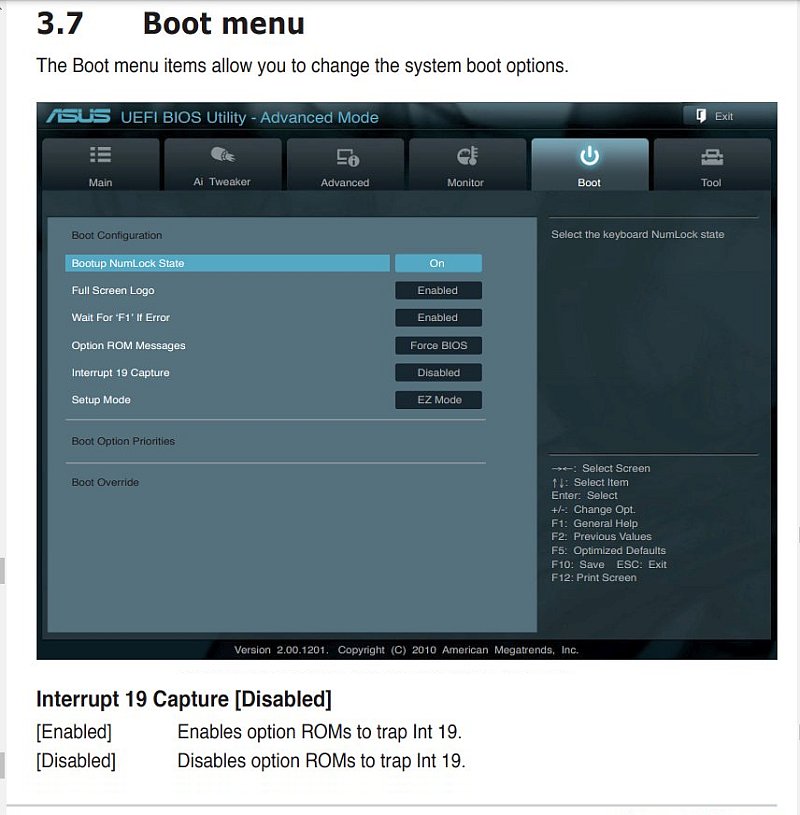Hello, a while ago I tried to install a SATA expansion card to add some additional hard drives but ran into some issues, and after stepping away from it for a bit I thought I'd take another go at it. I installed the card in an open PCI slot and connected a hard drive and booted up and the system kept cycling through the boot up process, but never made it to windows. I was able to get into the BIOS, and the hard drive connected to the expansion card did show up, so that was being seen. I also made sure the boot priority was correct, and the system was set to boot from the drive with Windows on it.
I then tried booting without any hard drive connected to the card, and it still wouldn't boot into Windows. I also looked at the BIOS again and tried doing a Boot Override to force it to boot from the Windows hard drive, but still just kept getting into a boot up loop. After that I took the card out completely, and the system started working again.
The card in question is a PCIe SATA iii Card, RIITOP 6 Port SATA 3.0 PCI-e Expansion Card Adapter Converter ASM1166 Chipset Support SATA 6G RAID0 RAID1 AHCI SPAN and the motherboard is a
ASUS M5A97 EVO AM3+ AMD 970 SATA 6Gb/s USB 3.0 ATX AMD Motherboard with UEFI BIOS.
I am noticing the reviews for the SATA card that have been added since I purchased it aren't the best, so that doesn't bode well, but if anyone has any ideas or suggestions I'd appreciate it. Even if the idea or suggestion is that I bought a bad card and need to just buy something better. And if that is the case, recommendations on a different card would be appreciated.
I then tried booting without any hard drive connected to the card, and it still wouldn't boot into Windows. I also looked at the BIOS again and tried doing a Boot Override to force it to boot from the Windows hard drive, but still just kept getting into a boot up loop. After that I took the card out completely, and the system started working again.
The card in question is a PCIe SATA iii Card, RIITOP 6 Port SATA 3.0 PCI-e Expansion Card Adapter Converter ASM1166 Chipset Support SATA 6G RAID0 RAID1 AHCI SPAN and the motherboard is a
ASUS M5A97 EVO AM3+ AMD 970 SATA 6Gb/s USB 3.0 ATX AMD Motherboard with UEFI BIOS.
I am noticing the reviews for the SATA card that have been added since I purchased it aren't the best, so that doesn't bode well, but if anyone has any ideas or suggestions I'd appreciate it. Even if the idea or suggestion is that I bought a bad card and need to just buy something better. And if that is the case, recommendations on a different card would be appreciated.


